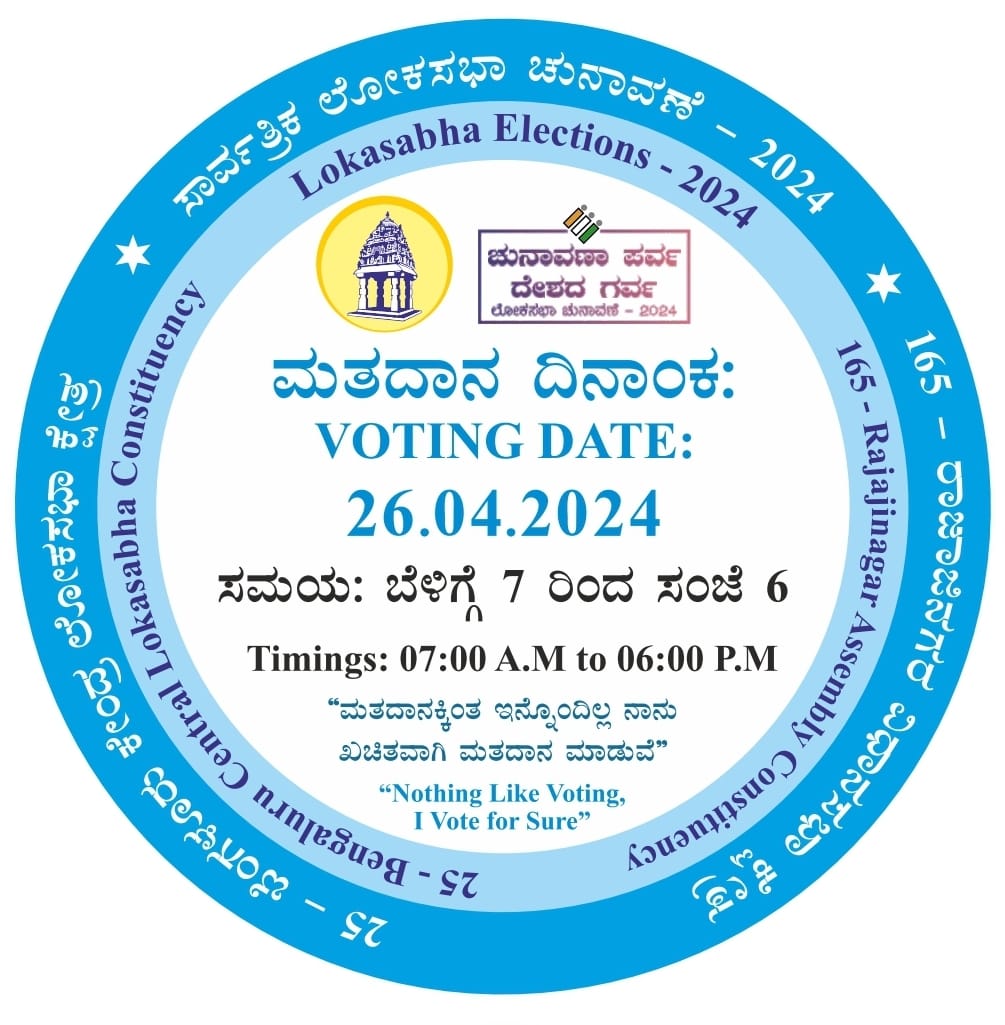New Delhi, Mar 23 (PTI) Noted interior designer Sunita Kohli has come out with a book that collates recipes from her friends that highlight the immense variety of food in India as well as from across the border.
“The India Cookbook: From the Tables of My Friends” has recipes by the region they originated from – north, south, east, west and central India.
“And while Partition amputated India, I have included some subcontinental recipes from friends across the border because our syncretic culture cannot be contained within recently created political boundaries,” says Kohli.
Some international-Delhi recipes have also been included in the book, published by Aleph.
The book features recipes from Kohli’s friends right from her school and college days and from all walks of life, including Vinod and Chinna Dua, Nalini Singh, Shobita Punja, Shabana Azmi, Aruna Sairam, Shashi Tharoor, Shobhaa De, Nalini and P Chidambaram, Pheroza Godrej, Sharmila Tagore, William Dalrymple, Zarine and Sanjay Khan, and many others.
It features familiar comfort foods like Pakora Karhi, Pongal, Butter Chicken, Dhansak, Vangi Bhaat, and others as well as unusual, special dishes such as Sat Saag, Nimona, Santula, Mutton ki Karhi, Fesenjan, Mohan Maas, Baked Crabs, Yakhni, and more.
Kohli terms cuisine as an important cultural artifact which is an expression of place and personality. “The many friends who have contributed recipes to this book are all epicurean gastronomes. Many of the recipes are culinary word-paintings.” This collection of recipes straddles different narratives, she says.
“Each recipe is a small microcosm of a much larger macrocosmic world of that particular cuisine and region. The sense of pride is palpable in each of these recipes,” she adds.
“This collection has thrown up the many similarities and differences in the cuisines of different regions of India,” Kohli writes.
She says the book is a personal culinary journey that celebrates the friendships and goodwill of well-wishers across India. “Many recipes from the homes of these friends and family members have been handed down through the generations, but they invite further culinary inventiveness.” According to Kohli, who has selected and edited the collection, “The India Cookbook” is not a panoramic overview of food in the Indian subcontinent; rather, it is about the pluralism of Indian food and the variety in home-style cooking.
“It is about artisanal food, cooked and served in the homes of one’s many friends throughout the length and breadth of India,” she says.
The book is also an account of how culture most intimately expresses itself – there are dishes for all occasions and for all seasons. There are recipes that can be used for dinner parties with friends as well as recipes for relaxed family meals.
Among the recipes, Kohli writes how malpua has been passed down five generations.
“This is considered India’s oldest dessert. Malpuas are small deep-fried pancakes that are soaked in honey. Interestingly, this dessert is first mentioned in the Rig Veda, the oldest of the four Vedas, where it is called apupa and its recipe is also included,” she writes.
She describes north Indian cuisine as a culinary treasure trove that reflects the rich heritage of the region.
“It has been influenced by history and has evolved over centuries. It blends indigenous ingredients and cooking techniques with Persian, Mughal and Central Asian influences. This culinary heritage has a unique depth and complexity and is also visually appealing,” Kohli writes.
“North India is renowned for its tandoori (clay oven) cooking methods and its slow cooking processes. The range of North Indian cuisine ranges from succulent kebabs to aromatic biryanis and pulaos, to delectable curries and to an extensive range of vegetarian dishes.” She also says that south Indian cuisine is unique.
“Its distinctive flavours are from rice, lentils, coconuts and an array of spices that tantalise the taste buds. Each state within south India has its own distinctive culinary traditions using a variety of spices that grow in this region…from the fiery curries of Andhra Pradesh to the subtlety of Kerala’s coastal delicacies.
“Coconut is a key ingredient. The Malabar coast of Kerala offers a delectable variety of fish and shrimp curries that are infused with aromatic spices and coconut milk, whereas the Chettenad cuisine of Tamil Nadu has a range of spicy and flavourful meat dishes. The concept of Sadhya that is a grand feast served during festivals and special occasions is illustrative of the community nature of south Indian dining,” the book says.
In central India, the author says, cuisine is not only about food but is also about the dining experience.
“The region is famous for its baithak that is traditional seating areas where people gather to enjoy a meal. The baithak culture promotes a sense of community, togetherness, and conviviality, all enjoyed over good food.” Western India’s diverse geographical features that range from fertile plains to coastal regions to arid deserts have greatly influenced the local cuisines, Kohli writes. PTI ZMN RB RB





